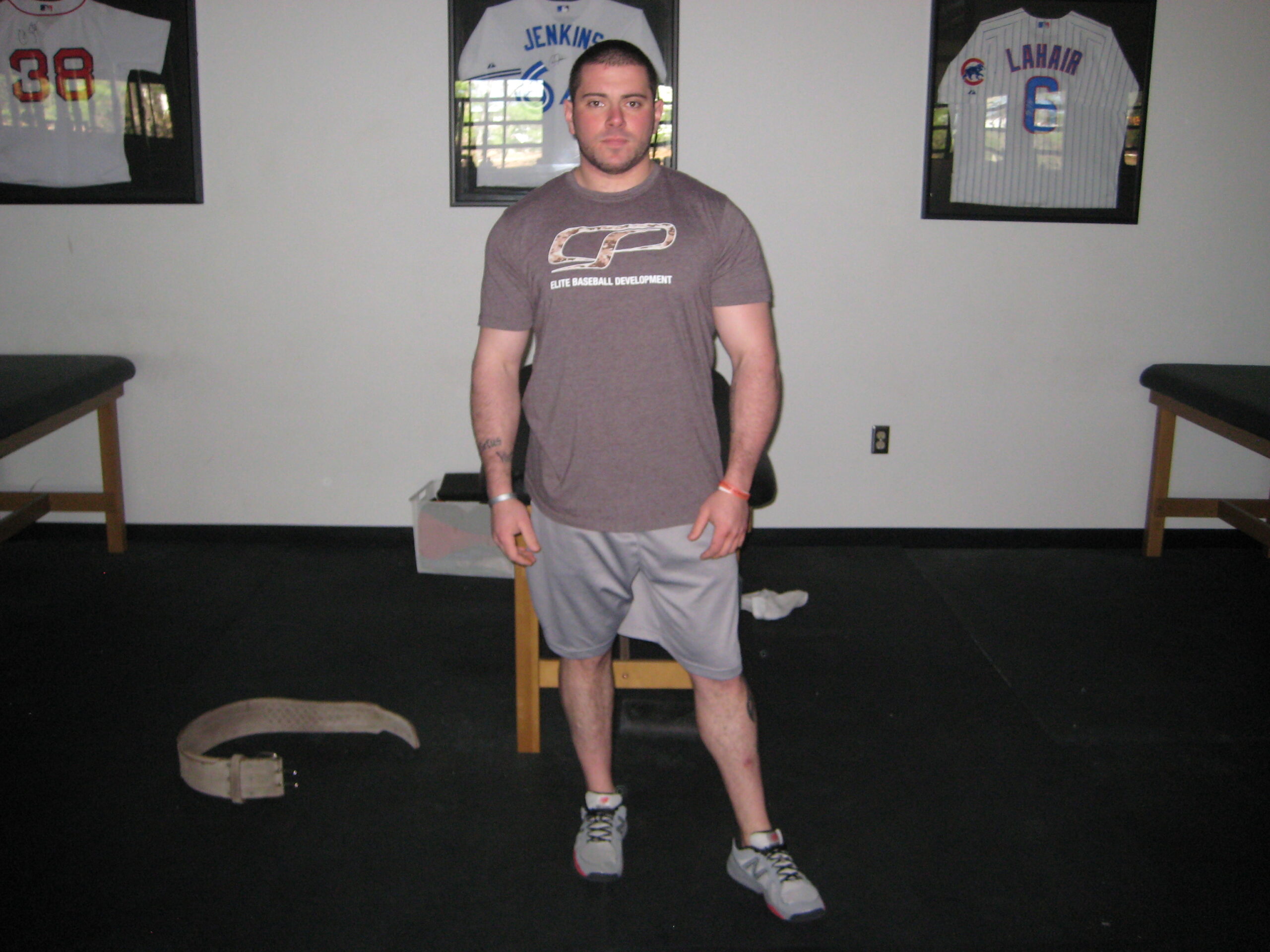
Random Thoughts on Sports Performance Training: Installment 10
It’s time for the May installment of this popular strength and conditioning series.
1. Train OUTSIDE.
One of the things I’ve noticed over the years – both with sprinting and long tossing – is that athletes seem to “hold back” when they’re indoors. They won’t run at top speed when there are only 40-50 yards of turf ahead of them because they’re already worrying about decelerating before they even really get moving. And, with throwing, there just seems to be more inhibition when an athlete is throwing into a net – as opposed to throwing to a partner who is pretty far away. Maybe it’s the quantifiable feedback of actual distance, or maybe it’s just less restriction – but the effort is always better.
To that end, it’s mid-May and the weather is getting really nice around the country. Now is a perfect chance to get out and sprint in the grass or at the local track. Don’t miss this chance, as it’ll be snowing again before you know it!
2. When selecting exercises, prioritize upside over avoiding downside.
This will be the “glass is half full/empty” point of the day – and I’ll use an example to illustrate it.
Let’s take the question of whether or not to prescribe bench presses for baseball players. I, personally, don’t prescribe them for this population, but there are still a lot of strength and conditioning coaches out there who do.
Their argument is that they aren’t as big a problem as has been proposed. In other words, they’re protecting against the downside.
My mindset, by contrast, is to highlight the lack of an upside. In a population where shoulder and elbow issues are astronomically high, does this exercise provide substantial benefit such that it deserves a place in our programs? Does it deliver a better training effect than a push-up variation or landmine press, for instance?
In other words, it’s not just a discussion of “good vs. bad;” it’s a discussion of “optimal vs. acceptable.” Even if some players can “get away with” bench pressing, are we really doing right by these players if our approach to training is to simply try to justify that our exercise selection isn’t doing harm?
3. Use fillers to break up power training sets.
Optimal training for power mandates that athletes take ample time between sets to recharge. Unfortunately, a lot of athletes have a tendency to rush through power work because it doesn’t create the same kind of acute fatigue that you’d get from a set of higher-rep, loaded work. In other words, you’ll want to rest more after a set of five squats than you would after a set of five heidens, even if you were attempting to put maximal force into the ground on each rep with both.
To that end, one thing I commonly do is pair power training exercises with low-key corrective drills. We call these drills “fillers,” but that’s not to say that they aren’t very important. We might pair a rotational medicine ball training drill with a wall slide variation. This helps us get more quality work in with each session, but just as importantly, slows the athletes down to make sure they get the most out of their power training exercises.
4. Coach standing posture.
Static posture assessments are boring; I get it. However, they can still be incredibly telling. Here’s an example…
Last weekend, during a two-day seminar I was giving, a trainer approached me and asked about his chronic bilateral knee issues. He described his soft tissue initiatives, mobility work, and strength training modifications in great detail; it was clear he’d put a lot of thought into the issue and was clearly frustrated, especially having been through physical therapy a few times without success. When he was done describing everything, I looked down at his lower body and asked, “Do you stand like that all day?”
He was just “hanging out” in a bunch of knee hyperextension. A follow-up toe touch screen looked pretty similar to this:
The toe touch is obviously a movement fault, but he was in a bad starting position before the movement even started. If you stand in knee hyperextension all day – especially if you’re a personal trainer on hard, unforgiving surfaces all day – your knees will hurt. It doesn’t matter how much you foam roll or modify your strength program. You have to learn to stand correctly before you learn to move correctly.
With that said, apply this to your athletes. How many of them do this during down-time in practice or games? And, next time you watch a Major League Baseball game, watch how many position players just “hang out” like this between pitches – and wonder why we see more hip and back pain on the right side.
Sometimes, the easiest solutions aren’t the most obvious – even when they really are obvious if you know where to start looking!




